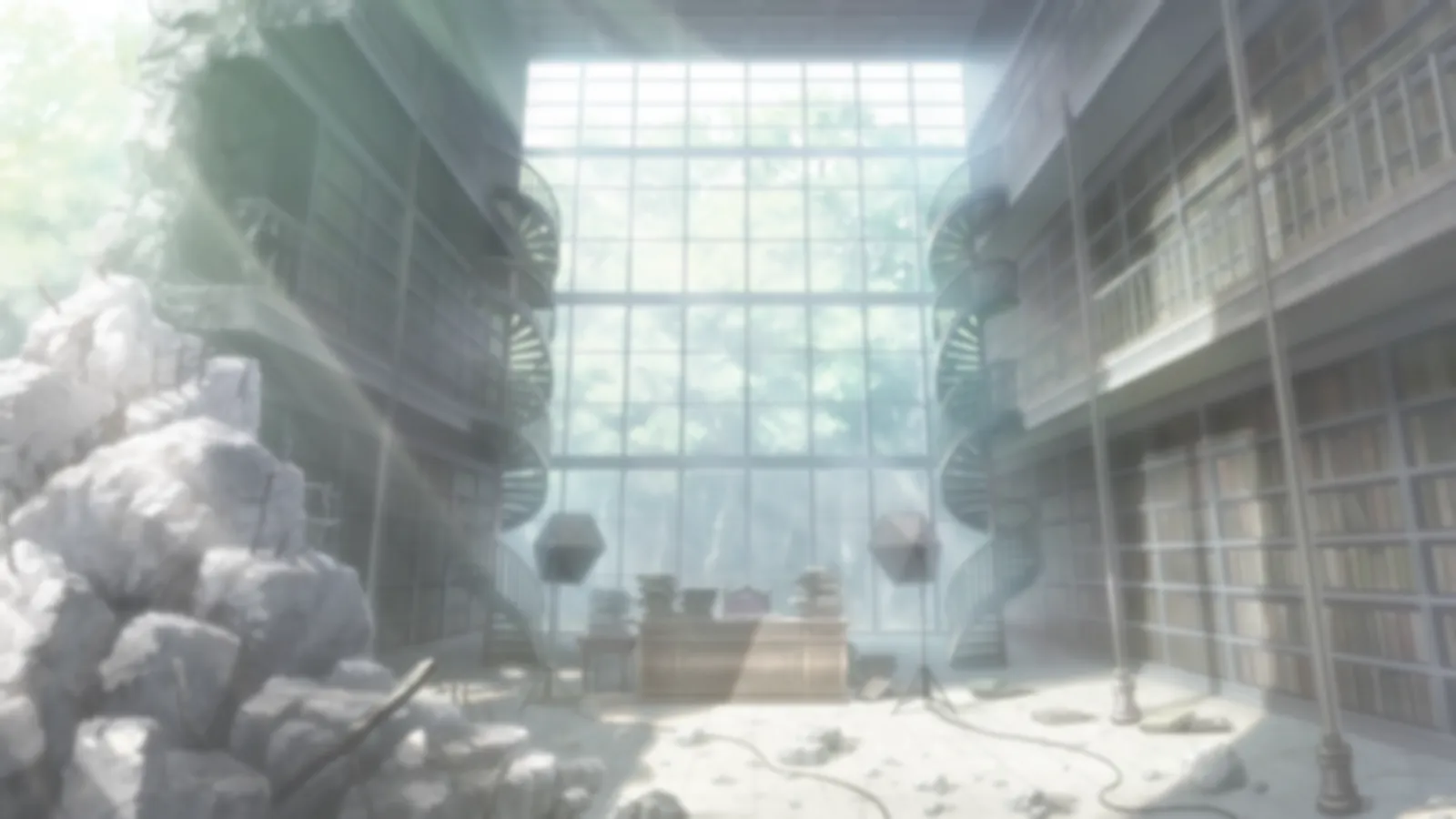Report #29

Story
This photo shows a stream near the base of the Youkai Mountain upriver of the Genbu Ravine. The season is late spring or early summer. The stream is situated in a valley full of large rocks flanked by trees that probably look even more incredible in autumn.
Excerpt from M's report:
"Streams and rivers on mountains erode the riverbed due to their steep gradient, causing some places to be much deeper than others. In the past, people probably used streams like this to bathe. However, the slippery rocks and hidden deep spots are also dangerous. It makes sense that they gave rise to the tales and legends of kappa."
Excerpt from R's report:
"It's crazy how powerful flowing water can be. Centuries of rain have carved out the river's banks to form a beautiful snake-like pattern down the mountain, and the erosion of the riverbed has sculpted these large, smooth rocks. The strong currents carry countless rocks down the mountain and gather them in spots like this. The person long ago who first thought of creating waterways to carry iron ore down from the mountain must've known about the power of rivers."
Excerpt from M's report:
"This reminds me of the theory that the idea of kappa was inspired by the Christian missionaries who came to Japan in the late 1500s. Their tonsure haircut makes it look like they have a bowl on their head, and their initiation ceremony involves submerging the new believer in water. Not to mention how there was a time when Christians in Japan had to practice their faith in secret... Then again, I suppose all foreign customs seem weird and mysterious if you've never seen them before."
Excerpt from R's report:
"Cultures all over the world have likened the flow of water to dragons and serpents. When the people of the past sought to explain how rivers were formed, they probably imagined that the passage of a colossal serpent carved out the ground. Lakes are where serpents coiled around themselves, and caves were formed by serpents burrowing in and out of the earth. Stories like these are classical creation myths."


